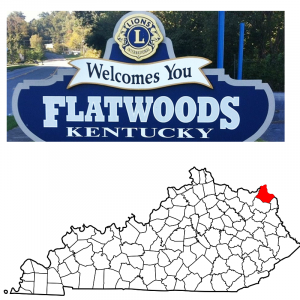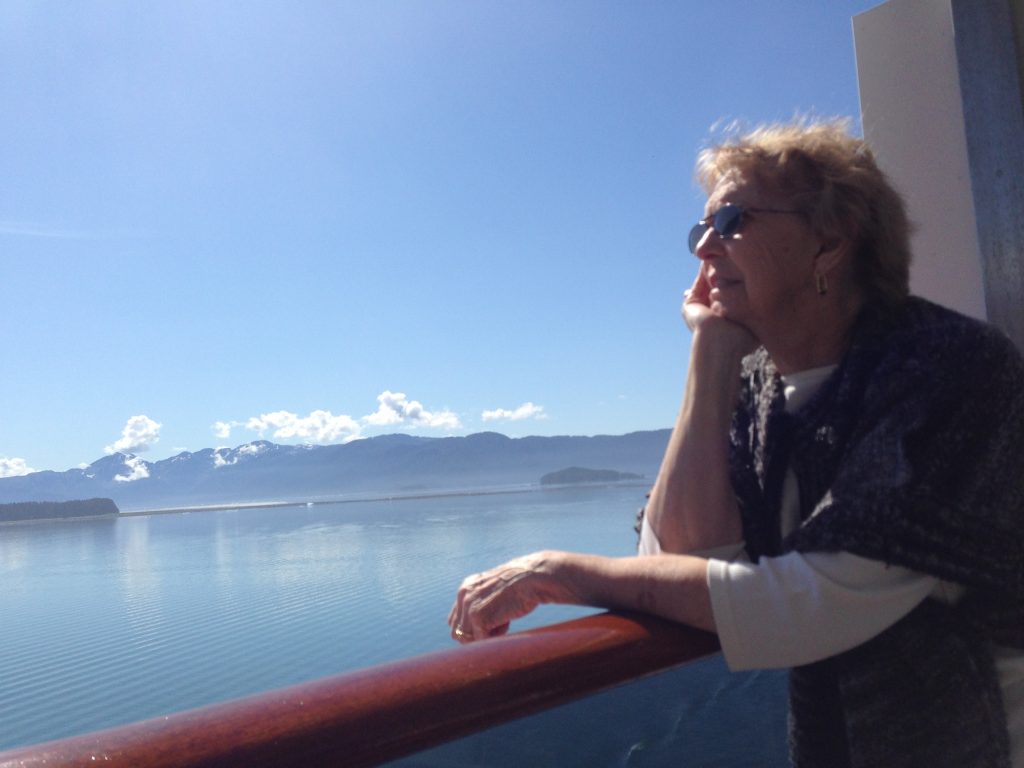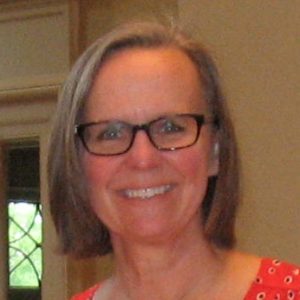A good community insures itself by trust, by good faith and good will, by mutual help. A good community, in other words, is a good local economy. -Wendell Berry
By now, we all are aware of the tolls taken from being isolated from our social spaces, deprived of the ability to forge new relationships, the stress of Zoom fatigue, and the difficulty retaining new knowledge during the pandemic.
Despite the difficult year, I am increasingly grateful for the commitment of our student leaders as well as the the creative and inspiring space that our virtual meetings have been for the students in CASL (Community of Appalachian Student Leaders).
Students shared their own practices of maintaining resilience in a year of chaos: regularly going to the university gyms, being in nature, listening to music, lighting candles, getting back to the country. Spending time to understand our own identities and communities serves as a consistent and productive space of gratitude and validation.
Fellow Appalachian students meet biweekly to discuss a variety of topics related to the larger region and hone in on these relatable topics and how they have manifested in their own counties.
Most recently, the group screened the film Moundsville which focused on the rise and fall of a small West Virginia town during the ebb and flow of industry in the area. It was beneficial to learn and understand the nuances of local economies and the tension that rises when jobs leave the area. Some of the conversations stemmed around learning a trade vs. obtaining a higher education given the rising student debt; the social changes and cultural progress made through increased diversity through race, sexuality, and ethnicity and indigenous history in rural areas. Others critiqued the practice of extractive industries and their promise to bring jobs to an area in order to boost economies. The truth is that despite efforts to construct new buildings, and increase scholarships for local students, these corporations often employ those outside the area, adversely affect the housing market for county residents, and create changes that are unsustainable in the retail market.
A relatable discussion took place after screening the documentary, The Devil We Know, whose story also inspired the environmental horror in Dark Waters. These films discuss the devastating public health crises from the spill of DuPont chemicals which was poisoning the water systems in Parkersburg, West Virginia.
Each meeting, we all learn more about the systemic ways that our local communities are affected by policy, industry, and economies. In turn, we appreciate the richness of our homes, families, oral histories, humor, and the abundance of natural resources where we grew up. During a time when Appalachian communities are often plucked for soundbites from outside journalists looking to understand national politics, it’s much more interesting and helpful to dive into meaningful and complicated conversations based on lived experiences.
The connectivity and affirmation are critical for making sense of the world around us. I continue to be in awe of the resiliency, compassion, and commitment to the greater good that these students convey and exhibit in their daily lives. It is an honor to advise such an impressive group and we’re looking forward to recruiting the next cohort as well as sending our seniors off later this spring. Thank you all for the commitment you make to yourself and each other.
If you are from Ohio’s Appalachian counties and/or would like to get involved to learn more, please sign up to learn more and to join us on our virtual meetings every other Wednesday! We’ll be waiting on you.
Lynaya Elliott, Advisor


